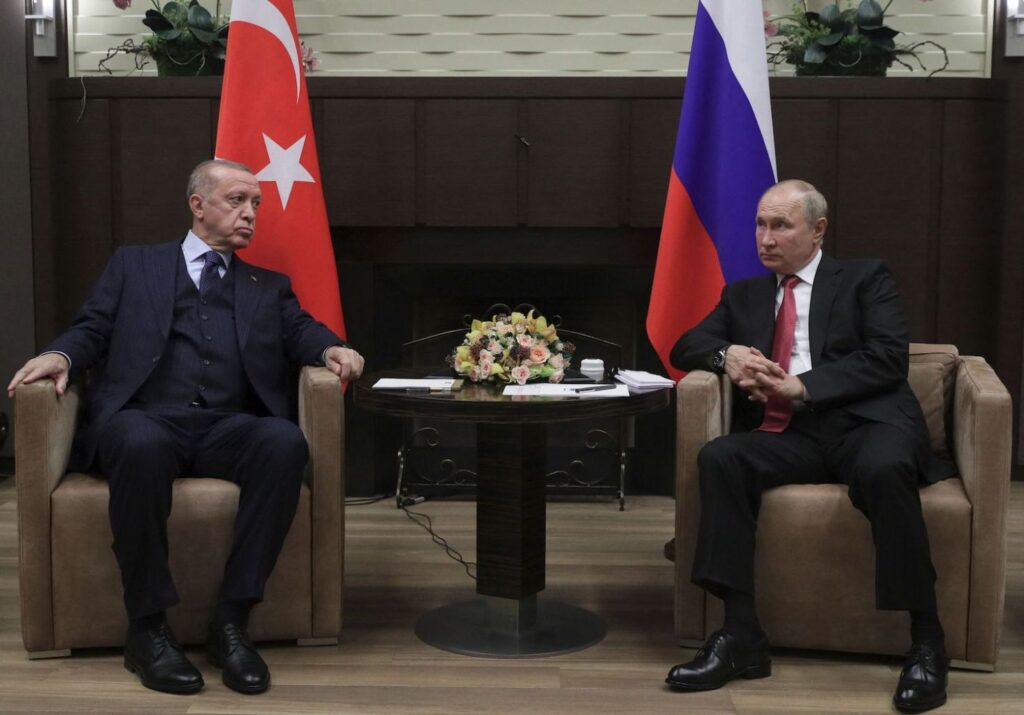This content provides an analysis of the complex relationship between NATO (North Atlantic Treaty Organization) and Russia. It explores the historical context of their relationship, including periods of cooperation and tension. The content also discusses the current state of relations, characterized as complex and confrontational. It further examines conflict resolution mechanisms, such as diplomatic dialogue, arms control, and regional cooperation. The content concludes by suggesting steps to improve the relationship, including engaging in constructive dialogue, building on existing agreements, and promoting people-to-people contacts. The importance of ongoing efforts to mitigate conflicts and achieve a stable and cooperative relationship is emphasized.
NATO and Russia: Analyzing Complex Relations and Conflict Resolution
Introduction
NATO (North Atlantic Treaty Organization) and Russia have a long and complex history of relations, marked by periods of cooperation, tension, and conflict. As two major actors in the global political landscape, their interactions have significant implications for international security and stability. Analyzing the nature of their relationship and exploring potential conflict resolution mechanisms is crucial to understanding the dynamics between these two powers.
Historical Context
The roots of the NATO-Russia relationship can be traced back to the end of the Cold War and the dissolution of the Soviet Union. In the early 1990s, both sides sought to establish closer ties and build a stable post-Cold War order. This led to the formation of the NATO-Russia Council (NRC) in 2002, aimed at promoting cooperation and addressing mutual security concerns.
However, tensions resurfaced in recent years, primarily driven by conflicting interests and differing perceptions of security threats. NATO’s expansion into Eastern European countries, including former Soviet republics, has been viewed by Russia as a direct threat to its security. Additionally, the 2014 annexation of Crimea by Russia further strained the relationship, leading to the suspension of practical military cooperation between NATO and Russia.
The Current State of Relations
The relationship between NATO and Russia today can be described as complex and confrontational. Nato’s policy of collective defense and deterrence, reinforced by the deployment of troops and military assets in Eastern Europe, is seen by Russia as provocative and encroaching on its sphere of influence.
Simultaneously, Russia’s assertive actions in its near abroad, such as military intervention in Ukraine and Georgia, have raised concerns among NATO member states. The ongoing conflict in Eastern Ukraine, often seen as a proxy war between NATO and Russia, further exacerbates tensions.
Conflict Resolution Mechanisms
Efforts to resolve conflicts and improve relations between NATO and Russia have been challenging, yet some mechanisms have been put in place to address these issues:
1. Diplomatic Dialogue
Diplomatic channels, such as the NATO-Russia Council, provide a platform for dialogue and exchange of views between NATO member states and Russia. Regular meetings and discussions can help build understanding and trust, creating opportunities for conflict resolution.
2. Arms Control and Confidence-Building Measures
Agreements on arms control, including the Open Skies Treaty and the Treaty on Conventional Armed Forces in Europe (CFE), serve as confidence-building measures. These agreements help to reduce tensions and enhance transparency in military activities, fostering an atmosphere of trust and cooperation.
3. Regional Cooperation
Regional initiatives, such as the Northern Dimension and the Organization for Security and Cooperation in Europe (OSCE), provide platforms for dialogue and cooperation on various issues, including security challenges and conflict resolution. By involving multiple stakeholders, these initiatives can contribute to finding mutually acceptable solutions.
The Way Forward
Resolving the complex relations between NATO and Russia requires a multifaceted approach. Some possible steps to improve this relationship include:
1. Engage in Constructive Dialogue
Both NATO and Russia should prioritize and intensify diplomatic engagement, fostering open communication and dialogue. This can help foster better understanding, clarify intentions, and identify areas of common interest.
2. Build on Existing Agreements
NATO and Russia should work towards implementing and strengthening existing arms control and confidence-building measures. Reaffirming commitments to treaties such as the CFE and Open Skies Treaty can help reduce the risk of military miscalculations or misunderstandings.
3. Promote People-to-People Contacts
Encouraging cultural exchanges, educational programs, and people-to-people contacts can contribute to bridging the divide between NATO member states and Russia. By fostering personal connections and promoting mutual understanding, these initiatives can create a more conducive environment for conflict resolution.
Conclusion
The relations between NATO and Russia are complex and marked by tension and conflict. However, by actively engaging in constructive dialogue, building on existing agreements, and promoting people-to-people contacts, it is possible to mitigate conflicts and move towards a more stable and cooperative relationship. The path to resolution is difficult, but the importance of ongoing efforts cannot be understated, as it holds significant implications for global security and stability.
